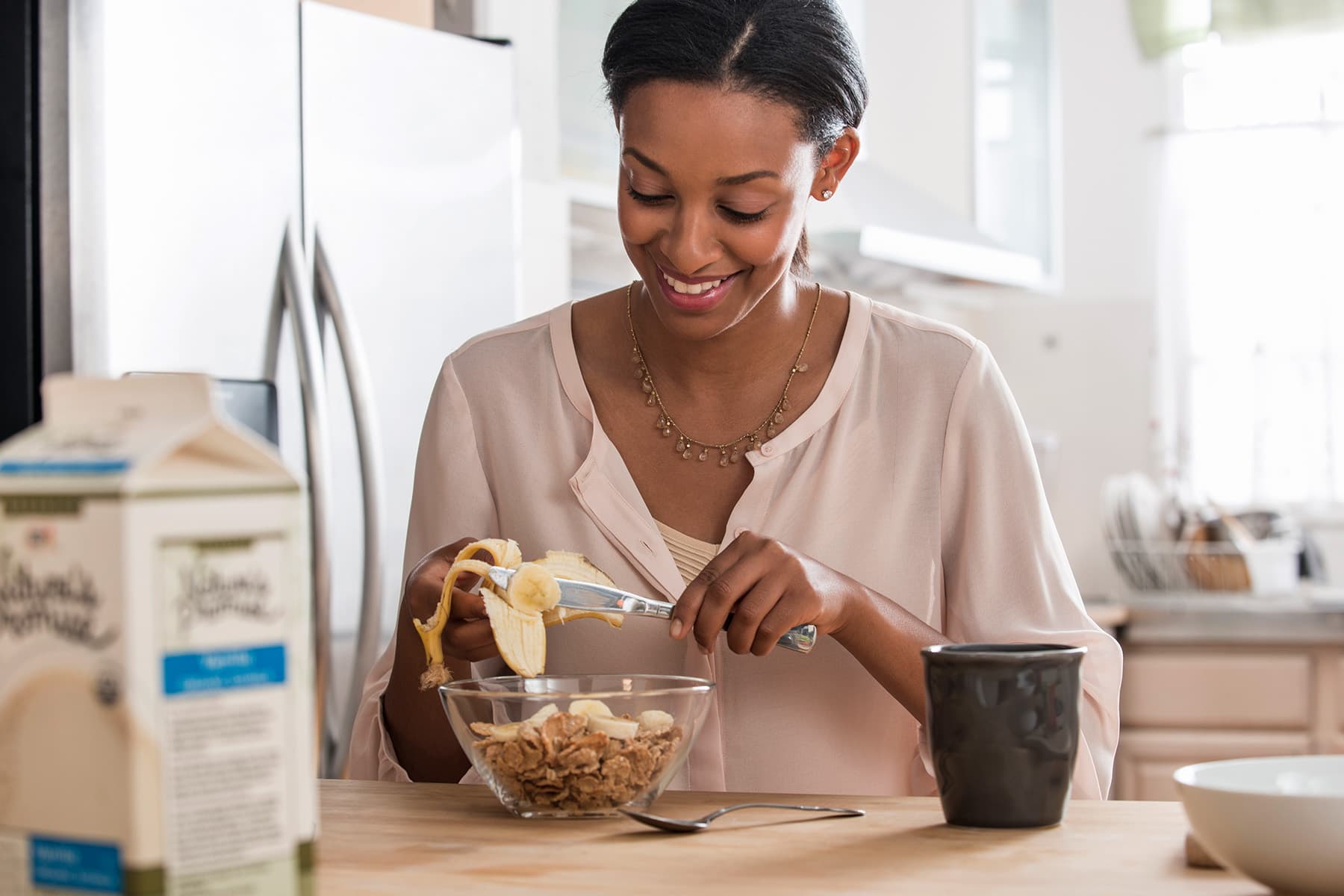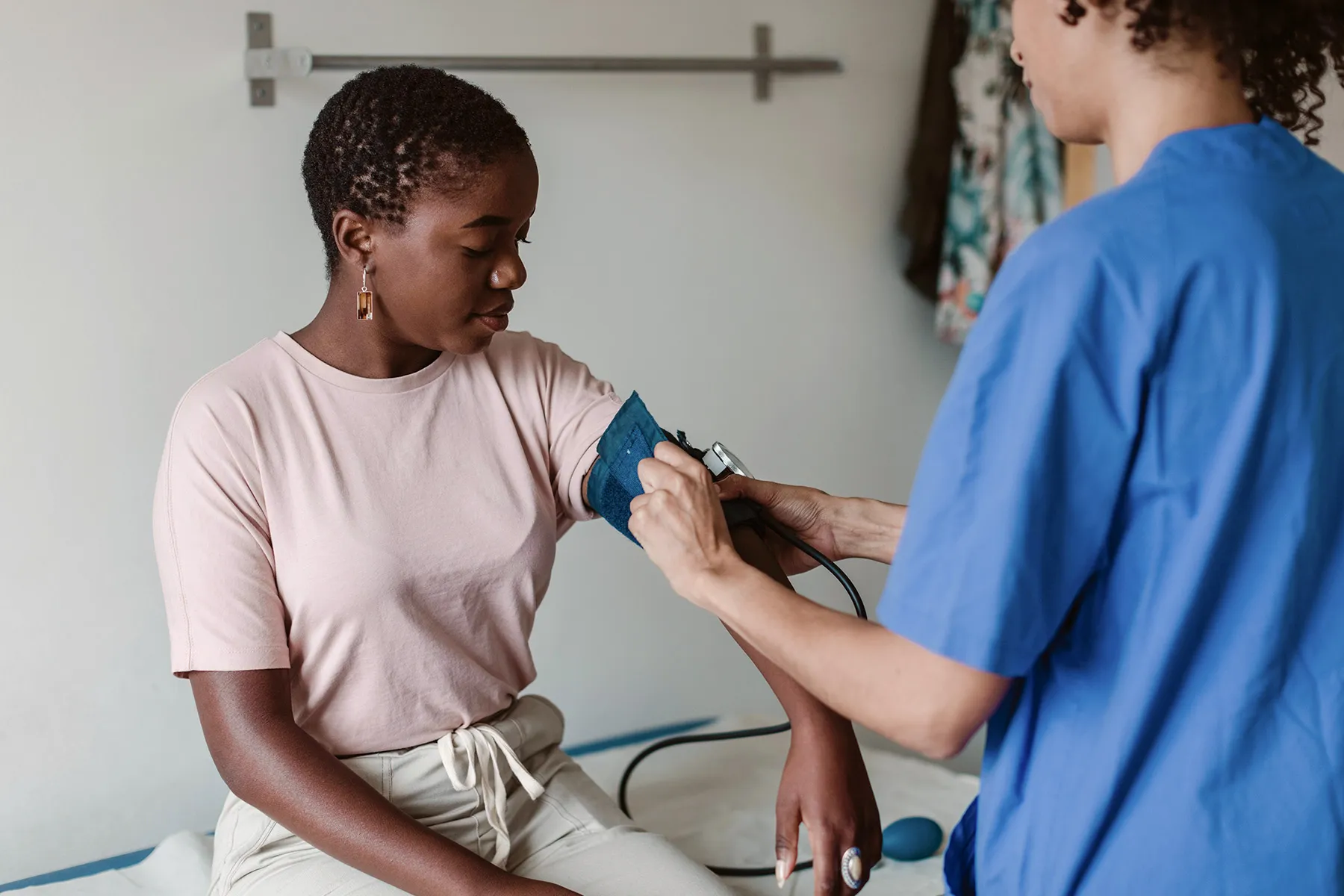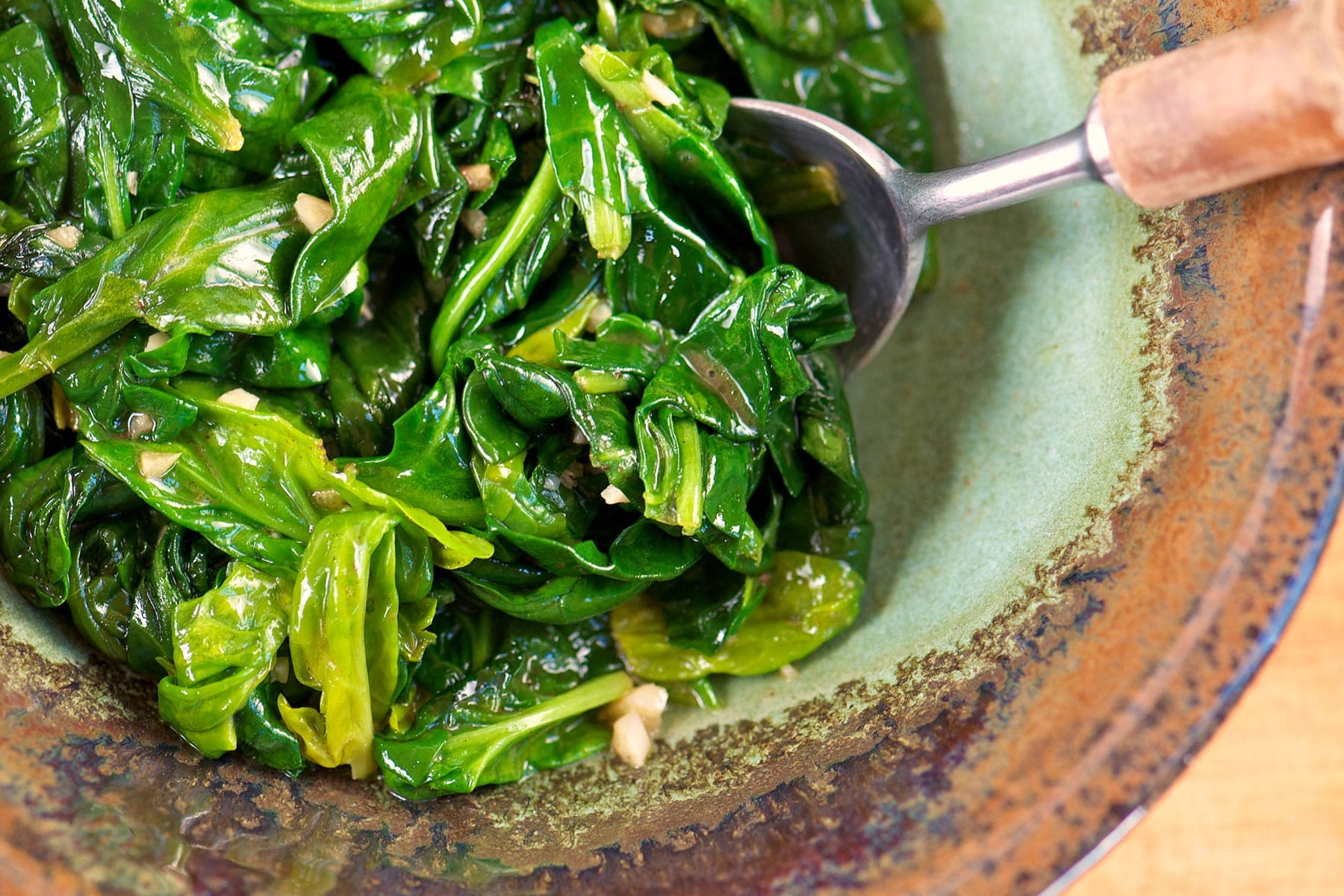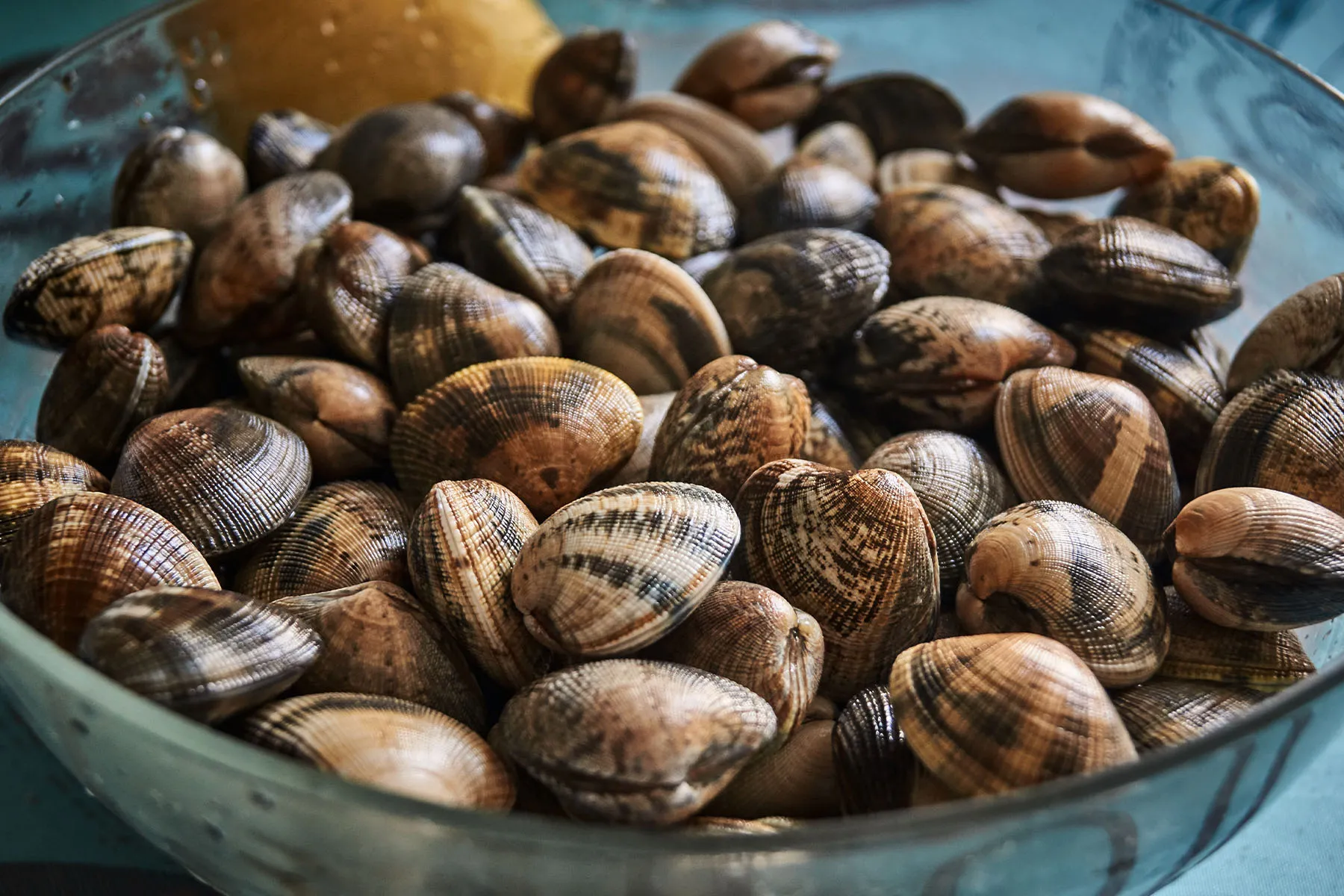10 Dietary Changes That Will Help With Uterine Fibroids

Sources Medically Reviewed on 04/21/2022 Reviewed by Traci C. Johnson, MD on April 21, 2022
Photo Credits:
1) Grace Cary / Getty Images
2) Oscar Wong / Getty Images
3) loooby / Getty Images
4) Oscar Wong / Getty Images
5) JulPo / Getty Images
6) Jose Luis Pelaez Inc / Getty Images
7) Maskot / Getty Images
8) PoppyB / Getty Images
9) Ana_Penelope / Getty Images
10) Hanoisoft / Getty Images
11) JGI/Jamie Grill / Getty Images
SOURCES:
New York State Department of Health: “Uterine Fibroids.”
Johns Hopkins Medicine: “Fibroids.”
Harvard Medical School: “Beating High Blood Pressure With Food.”
Winchester Hospital: “Lifestyle Changes to Manage Uterine Fibroids.”
Winchester Hospital: “Iron.”
Winchester Hospital: “Good Food Sources of Folate.”
Winchester Hospital: “Vitamin B-12.”
Reviewed by Traci C. Johnson, MD on April 21, 2022
This tool does not provide medical advice. See additional information.
THIS TOOL DOES NOT PROVIDE MEDICAL ADVICE. It is intended for general informational purposes only and does not address individual circumstances. It is not a substitute for professional medical advice, diagnosis or treatment and should not be relied on to make decisions about your health. Never ignore professional medical advice in seeking treatment because of something you have read on the WebMD Site. If you think you may have a medical emergency, immediately call your doctor or dial 911.










